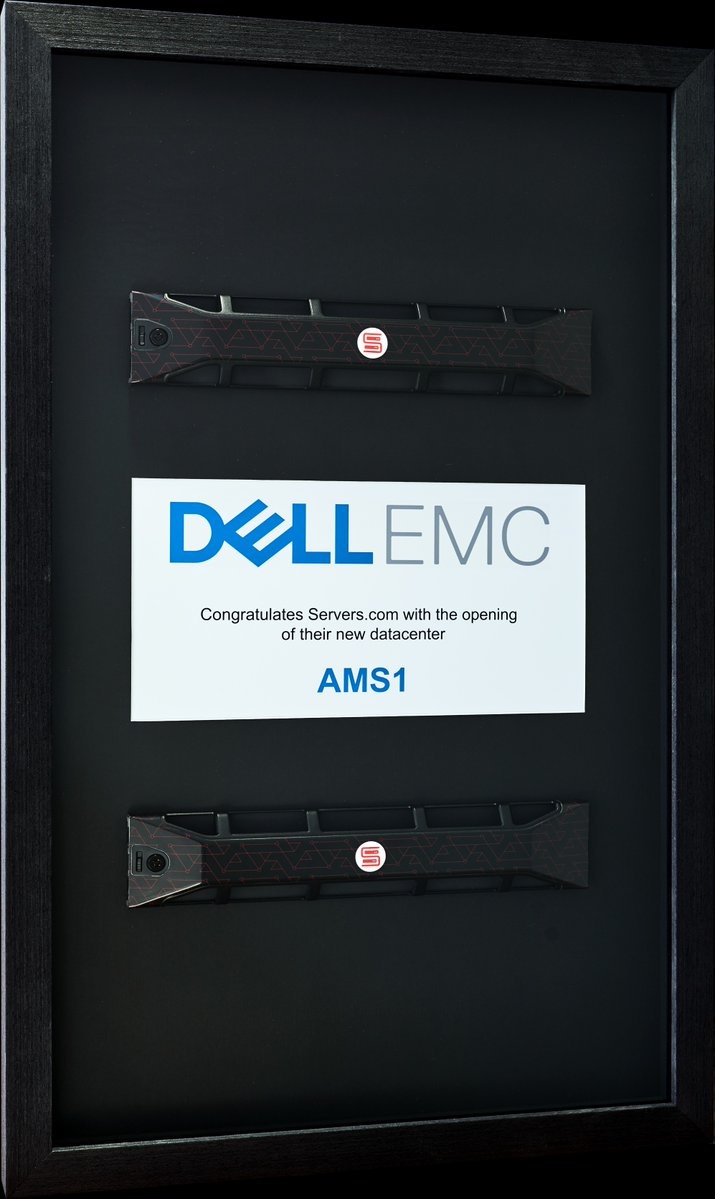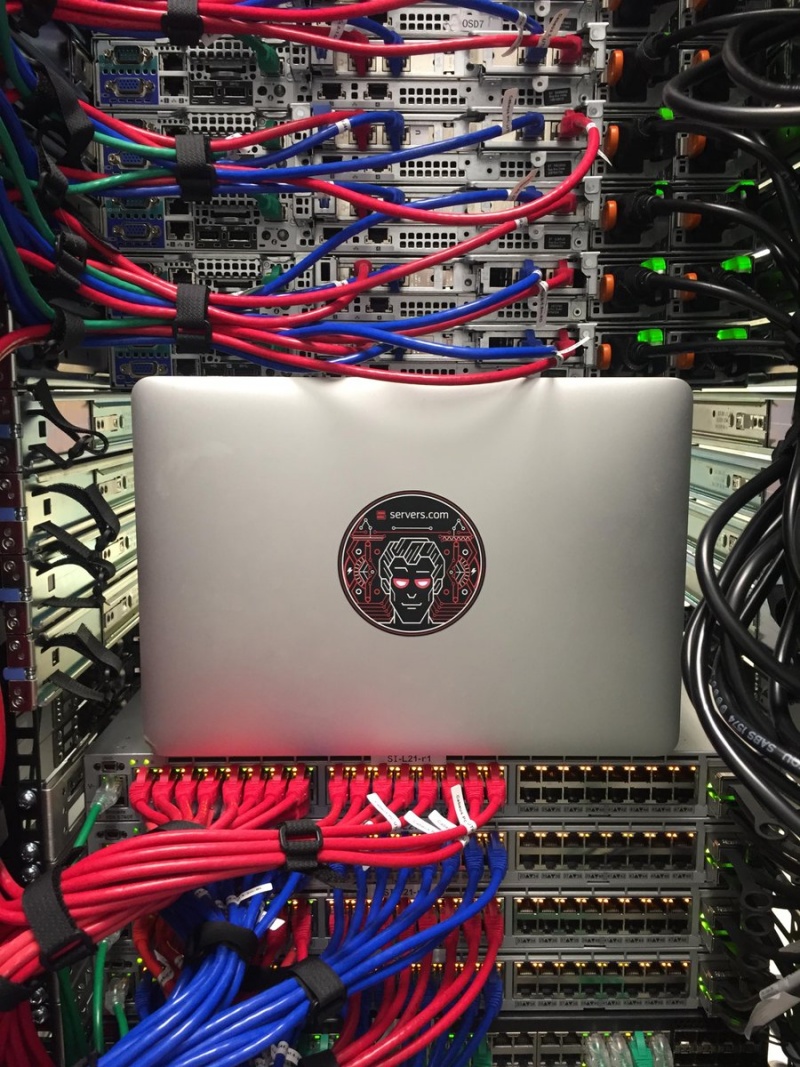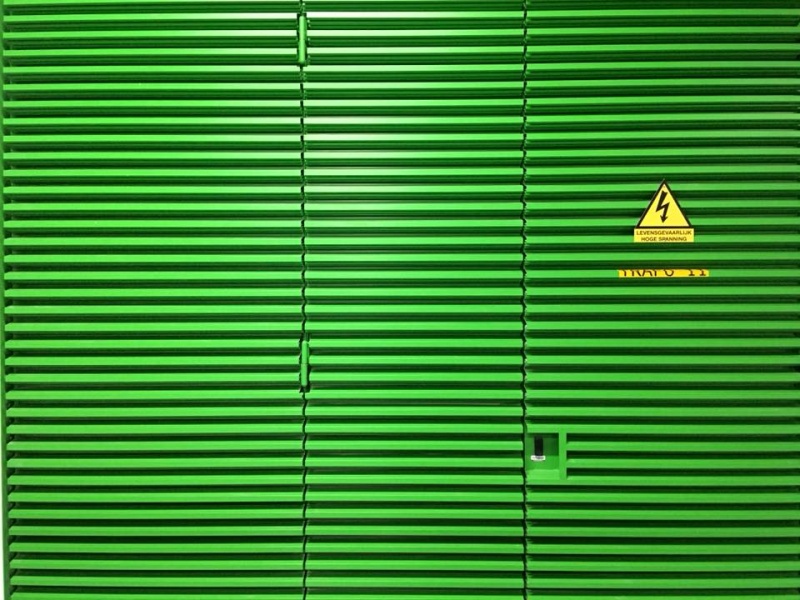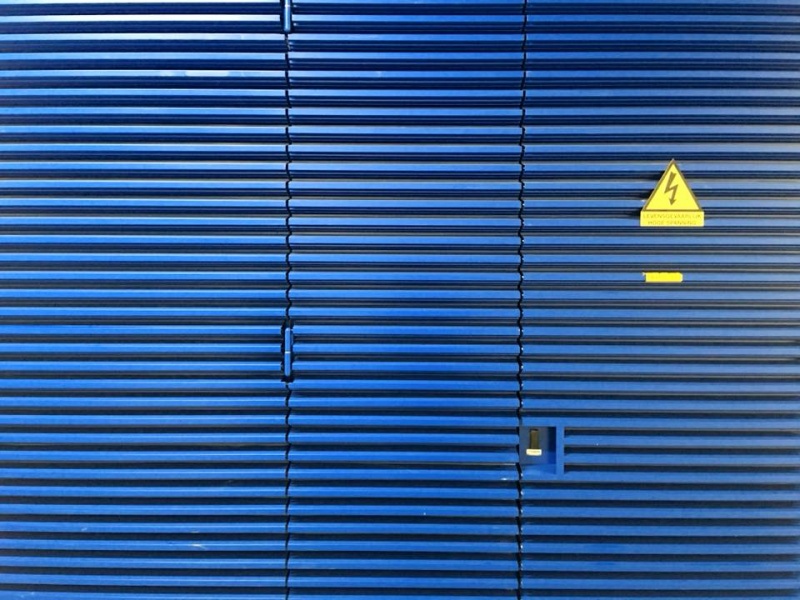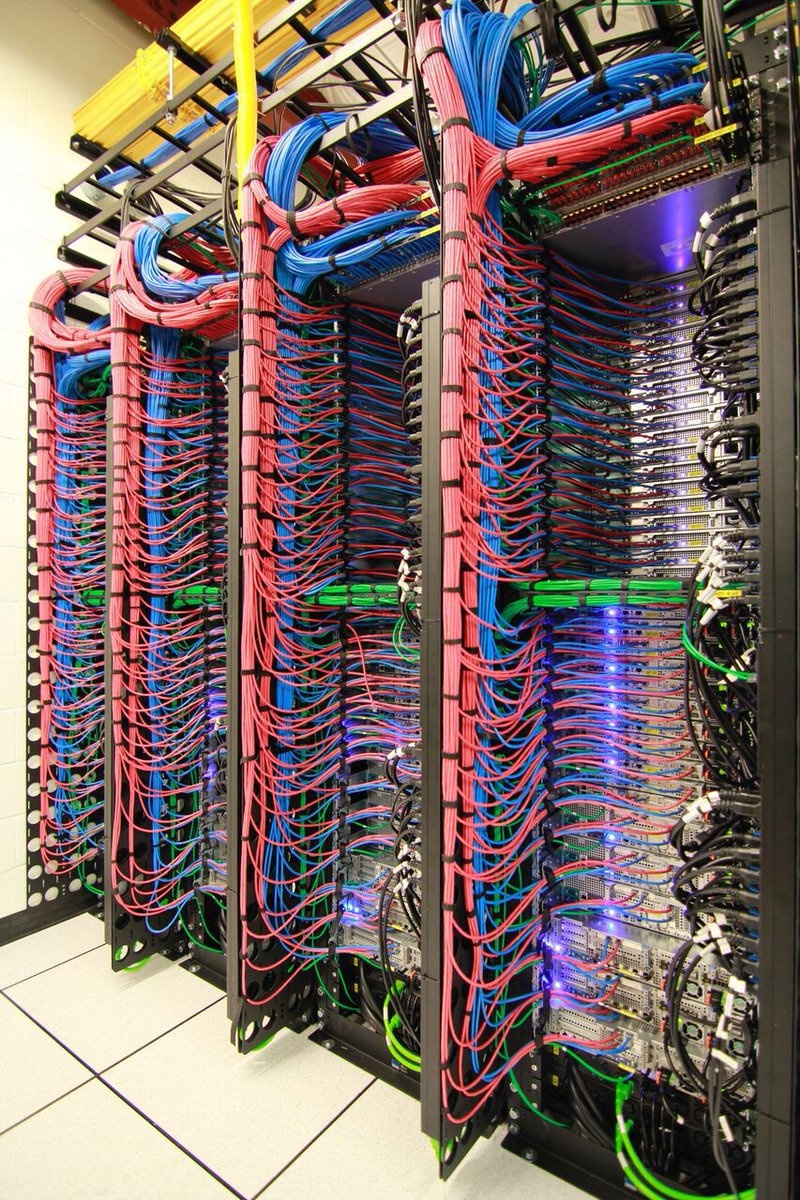Добавьте в свои приложения некоторую масштабируемость и высокую доступность
Добавьте в свои приложения некоторую масштабируемость и высокую доступность, используя нашу совершенно новую службу балансировки нагрузки HTTP. Цена начинается с 5 в€ месяц; дополнительные опции включают в себя прерывание SSL и заголовки GeoIP.
www.servers.com/load-balancer
www.servers.com/load-balancer


